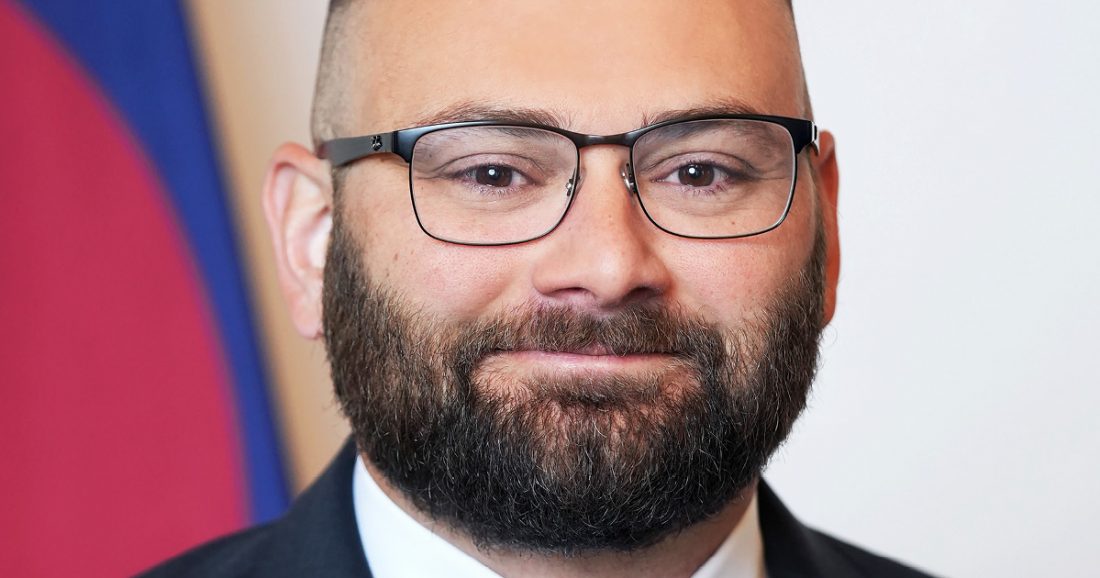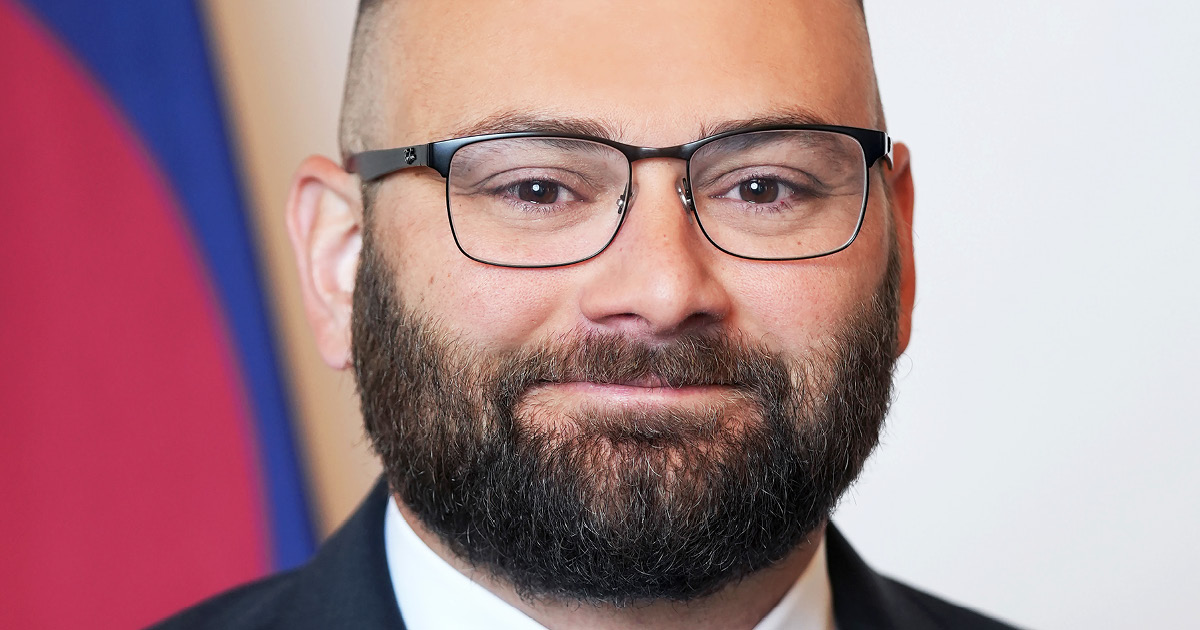Tony Gherardini is no stuffy bureaucrat. As Executive Director of the Department of Personnel & Administration (DPA) for Colorado, United States, he preaches and practices servant leadership.
At staff meetings, Gherardini tells his team to be “public service ninjas” who are agile and eager to share credit. “We’re here to make life better and easier for those that we work with and those that we’re here to serve,” he tells The CEO Magazine.
“There are a lot of good people within government that are working very hard to provide efficient and effective solutions and saving money where possible while also improving the outcomes on what they deliver.
“We know we’re doing a good job if those departments that we support don’t even remember that we exist, because we’re a support organization. We’re not supposed to be in the spotlight.”

“Instead of me serving the population directly, my responsibility is to ensure the administrative ability of all our departments, who can then directly serve individuals.”
Gherardini guides a department often working out of the spotlight, but critical for the functioning of the state government.
DPA’s work allows government agencies to serve state residents by providing human resources services and carrying out tasks such as printing, accounting and managing properties. The agency also oversees the comptroller’s office and administrative courts.
“My department is unique,” Gherardini says. “Instead of me serving the population directly, my responsibility is to ensure the administrative ability of all our departments, who can then directly serve individuals.”
From Detective to Administrator
Gherardini took an unconventional path to DPA, but public service has been a throughline in his career. After finishing university, Gherardini served simultaneously as a civilian police officer in a Colorado community and a military police officer in the state National Guard. His unit was deployed to Afghanistan in 2010 and he was tasked with overseeing a detention facility.
“That kind of established basis of understanding of how the way the work gets done at the leadership and strategic level really plays out in the lives of people and that decisions have impact that could sometimes be different than your intent of those decisions,” he says.
Gherardini was promoted to detective upon returning and pursued a master’s degree in public administration. He joined the Colorado government’s Department of Human Services after graduating and was promoted to DPA Executive Director in 2021.
Post-Pandemic Challenges
Gherardini assumed his current position at a tumultuous time: the state government was adjusting to what would come in a post-COVID-19 pandemic world. It presented special challenges for the DPA, which strives to recruit top talent, but also manages a sizable property portfolio which would be used less as people worked more from home than the office.
“We had to strike a balance between allowing the state to remain competitive for hiring and retaining individuals in a market where a lot of companies are still having folks work from home, and being able to provide the appropriate level of service and responsiveness to the public,” he says.
DPA embraced a hybrid work model with staff working from home or the office. “But there’s not really a paradigm any longer in which we ask folks to come in five days a week unless they have an essential skill, like a nurse or a doctor, police officers, firefighters and the tradespeople,” he adds.
Good Government
Carrying out change isn’t always easy in government. And achieving it means going to the legislature, which represents the people and controls the purse strings.
Gherardini has championed a more sustainable funding model for DPA known as automatic allocation. It draws on the private-sector concept of allocating revenues for overhead costs – and sets criteria for automatically incrementing the allocation as needed.
“There’s not an automatic funding stream to connect the growth of overhead to increasing the size of the overhead agency, which is then required to provide that support,” he points out. “You can’t just keep layering on requirements but not resourcing an organization.”
Close Vendor Relations
Working with the private sector – and turning to it as a source of best practices – is a constant for government agencies.
“There is no scenario where the government could do what it does without the private sector providing the horsepower and the energy to be able to do those things,” Gherardini insists.

“There is no scenario where the government could do what it does without the private sector providing the horsepower and the energy to be able to do those things.”
The state government works with various vendors, including Broadspire, which provides customized, integrated claims solutions for clients such as governments and leading public companies.
Gherardini describes two schools of thought in government procurement. In one school, public servants say, “We will reach out to the vendors when we want them, otherwise they should stay out”, so the relationship doesn’t become cozy, he explains.
The other school, which he subscribes to, embraces a close partnership. “The business community can bring up new and interesting ideas,” Gherardini says.
“They help us to be innovative and solve things in ways that hadn’t occurred to us, because we’re two different paradigms and think about problems in different ways.”





